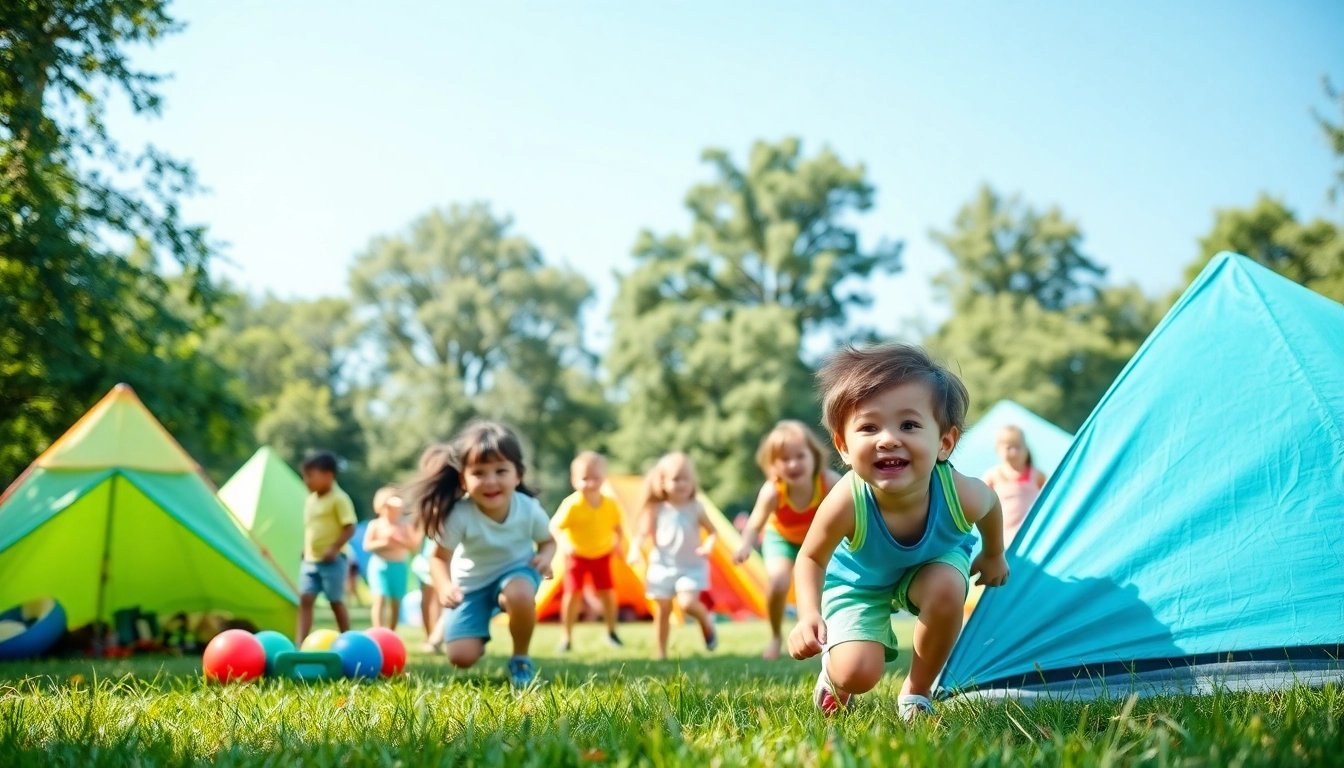Understanding the Basics of Drone Photography
Drone photography is rapidly gaining popularity among enthusiasts, professional photographers, and real estate agents alike. It enables users to capture stunning aerial views and perspectives that were previously challenging to achieve. However, to embark on this exhilarating journey into the world of aerial imaging, it is crucial to understand the fundamentals. Whether you’re just starting or looking to refine your skills, embracing essential drone photography tips can significantly enhance your experience and outcomes.
What You Need to Get Started with Drone Photography
Before you lift off, certain equipment and knowledge are required to ensure a smooth flight and high-quality captures:
- Drone: Choose a drone that fits your specific needs. Popular options include DJI models like the Mavic and Phantom series, which offer excellent camera capabilities and user-friendly controls.
- Camera: While many drones come with built-in cameras, some allow for the attachment of more advanced lenses. Understanding camera specifications such as megapixels and sensor size can improve your image quality.
- Gimbal: A good gimbal stabilizes your camera during flight. This is crucial for avoiding shaky images, especially in windy conditions.
- Smartphone or Tablet: Many drones are controlled via apps on mobile devices, so ensure compatibility with your device.
- Extra Batteries: Flight times vary, and having spare batteries ensures extended shooting sessions.
- Memory Cards: High-capacity, fast-write-speed memory cards are essential for capturing high-resolution images and videos.
Legal Regulations and Safety Precautions
Before taking to the skies, familiarize yourself with local regulations surrounding drone usage. Many countries have specific rules that govern where and how drones can operate:
- Registration: In many jurisdictions, drones must be registered with aviation authorities.
- Altitude Limits: Most places have altitude restrictions to prevent interference with manned aircraft.
- Flight Zones: No-fly zones often exist around airports, schools, and military installations. Respecting these zones is crucial for safety.
- Insurance: Consider obtaining liability insurance to protect against any potential accidents.
Additionally, always prioritize safety by flying in clear weather conditions, maintaining line-of-sight with your drone, and keeping an eye out for obstacles.
The Importance of Choosing the Right Drone
Selecting the right drone involves more than just the brand and price point. Different drones cater to varying needs:
- Camera Quality: If your focus is on photography, prioritize drones with superior camera specs such as 4K resolution, large sensors, and adjustable apertures.
- Flight Time: Longer battery life increases the amount of shooting you can do. Most consumer drones currently offer flight times averaging around 25-30 minutes.
- Portability: For travel photographers, a compact, foldable drone can be a significant benefit.
- Ease of Use: Beginners should look for drones equipped with features like GPS stabilization, obstacle detection, and automatic return-to-home functionalities.
Essential Drone Photography Tips for Beginners
Once you have the right drone, it’s time to put it into action. Here are some essential tips to help beginners achieve great results:
How to Frame Your Shots Effectively
Framing an aerial shot is a unique challenge. Consider these tips to improve your composition:
- Rule of Thirds: Utilize the rule of thirds to position key elements within your frame. Imaginary lines divide the frame into thirds, horizontally and vertically. Placing subjects along these lines or at their intersections creates a more dynamic composition.
- Leading Lines: Look for natural lines in the landscape, such as roads, rivers, or pathways, to draw viewers’ eyes toward the subject.
- Foreground Interest: Incorporating elements in the foreground can add depth and dimension, making your photos more intriguing.
- Variety of Perspectives: Don’t hesitate to experiment with different angles and heights. A slight elevation change can dramatically affect your composition.
Lighting Techniques for Perfect Aerial Photography
Lighting can transform an ordinary shot into something extraordinary. Here’s how to make the most of natural light:
- Golden Hour: The hours shortly after sunrise and before sunset yield soft, diffused light. Plan your flights around these times for the best results.
- Overcast Days: Cloudy skies can provide soft, even lighting that reduces shadows and highlights. This can be beneficial for landscapes where stark contrasts are undesirable.
- Backlighting: Position your drone so that the light is behind your subject, creating dramatic silhouettes.
Camera Settings: What You Should Know
Mastering your camera settings empowers you to take control of your shots. Start with these basics:
- Aperture: A wider aperture (lower f-number) can yield a blurry background, highlighting your subject. Conversely, a smaller aperture (higher f-number) increases depth of field, keeping more elements in focus.
- Shutter Speed: Faster shutter speeds are critical to capturing moving subjects clearly. Experiment with slower speeds for creative motion blur effects.
- ISO Settings: Keep your ISO as low as possible to minimize noise. In low light, gradually increase it while maintaining image quality.
- White Balance: Adjusting your white balance can dramatically alter the mood of your images. Experiment to find what works best for your environment.
Advanced Techniques for Stunning Aerial Images
As you advance in your drone photography journey, consider incorporating these techniques for even more impactful images:
Using Filters for Enhanced Drone Photography
Filters are essential for controlling light and enhancing image quality. Here are some types to consider:
- Polarizing Filters: These reduce glare from reflective surfaces like water and enhance colors, making skies bluer and greenery more vibrant.
- Neutral Density (ND) Filters: ND filters limit the amount of light entering your lens, allowing for wider apertures and slower shutter speeds, making them ideal for capturing blurred motion, especially in waterfalls and waves.
- Graduated ND Filters: Graduated filters can balance exposure between bright skies and darker landscapes, providing better overall images.
Incorporating Motion into Your Shots
Motion adds excitement and dynamism to aerial photography. Here’s how to effectively capture it:
- Tracking Moving Subjects: Use your drone’s tracking features to follow vehicles, wildlife, or people, creating captivating narratives within your images.
- Dynamic Perspectives: Capture images while the drone is in motion—experiment with different speeds and altitudes for variation.
- Using Advanced Flight Modes: Many drones provide advanced flying modes like Waypoints or Circle modes that can help create smooth, cinematic movements for storytelling through photography.
Post-Processing Tips for Professional Results
Post-processing can elevate your aerial images from good to great. Here are essential steps to follow:
- Software Choices: Utilize editing software like Adobe Lightroom or Photoshop. These tools provide extensive capabilities for enhancing images.
- Color Correction: Adjust white balance, saturation, and contrast to bring out the best colors and tones in your images.
- Crop for Composition: Reassess your crops in post-processing to further refine your composition if needed.
- Sharpness and Noise Reduction: Use sharpening tools to enhance details and noise reduction features for cleaner images.
Common Mistakes in Drone Photography and How to Avoid Them
Like any form of photography, there are common pitfalls in drone photography. Recognizing and avoiding these can significantly improve your results:
Understanding Weather Conditions and Their Impact
Weather plays a crucial role in the quality of your aerial images. Here’s what to consider:
- Wind Conditions: High winds can affect stability and control. Check wind forecasts before flying.
- Visibility: Ensure you have clear visibility; fog, rain, or snow can affect not only your shots but also the safety of your drone.
- Temperature: Cold weather affects battery life, so it’s important to keep batteries warm and monitor their life closely.
Managing Battery Life for Extended Shoots
Battery management is vital for uninterrupted shooting. Consider these strategies:
- Planning Flights: Pre-plan your shots to minimize unnecessary flying and preserve battery life.
- Proper Charging: Ensure batteries are fully charged before flights and consider investing in additional batteries for longer sessions.
- Flight Mode: Use different flight modes judiciously; some consume battery faster than others.
How to Handle Obstacles and Avoid Crashes
Collisions and crashes can destroy drones and compromise safety. Heed these tips:
- Obstacle Detection Features: Utilize drones with built-in obstacle detection systems to help avoid collisions.
- Maintain Line-of-Sight: Always keep your drone within visual range and be aware of surrounding obstacles.
- Practice Control: Regular practice and familiarity with your drone’s controls can reduce errors and improve handling.
Showcasing Your Work: Building a Portfolio
Once you have captured stunning aerial images, it’s essential to showcase them effectively. Here’s how to build a compelling portfolio:
Best Platforms for Sharing Your Drone Photography
The digital landscape is vast, with various platforms to present your work. Consider the following:
- Personal Website: Creating a website dedicated to your drone photography can help establish your personal brand and showcase your best work.
- Photography Portfolios: Sites like 500px or SmugMug are excellent for sharing high-quality images and connecting with a photography community.
- Stock Photography: Consider submitting your work to stock photography sites to potentially earn revenue from your images.
Leveraging Social Media for Exposure
Social media platforms are powerful tools for reaching new audiences and gaining exposure:
- Instagram: With a visual-centric community, Instagram is perfect for sharing stunning drone imagery. Use relevant hashtags to reach targeted audiences.
- Facebook Groups: Join photography-focused groups where you can share your work and learn from others.
- YouTube: Create videos showcasing your aerial footage, which can lead to greater engagement and interest in your work.
Networking with Other Drone Photographers
Building connections with other enthusiasts can lead to opportunities for collaboration and learning:
- Photography Workshops: Participate in workshops or meetups focused on drone photography to broaden your skills and network.
- Online Forums: Engage in online forums where drone photography enthusiasts gather, enabling knowledge sharing and community building.
- Collaborative Projects: Seek out collaborative projects with other photographers to expand your portfolio and benefit from shared insights.


